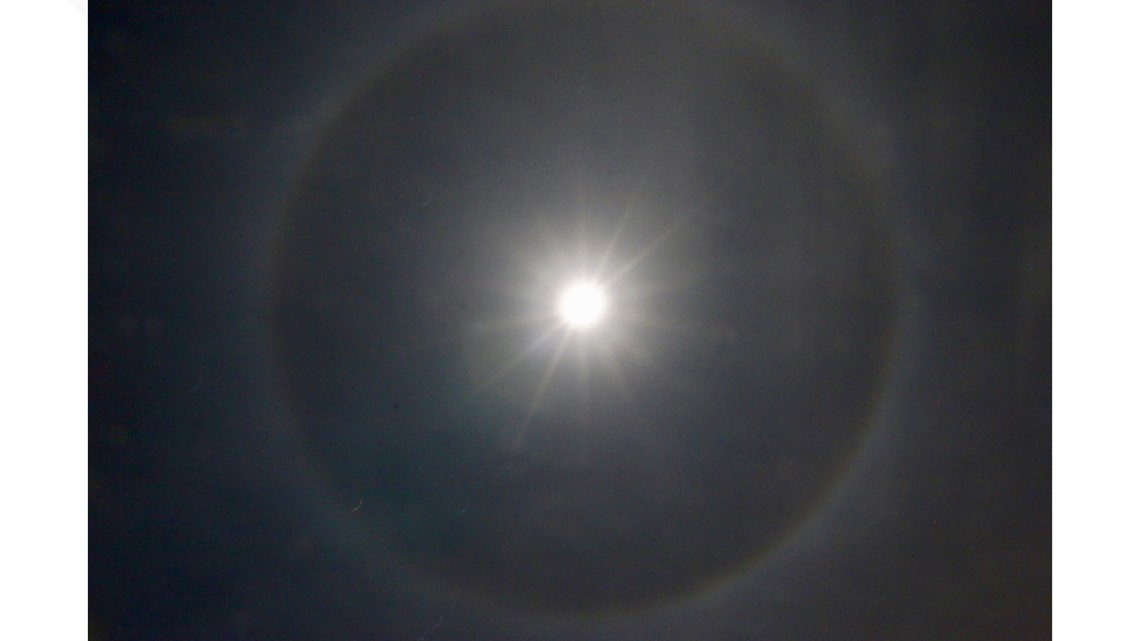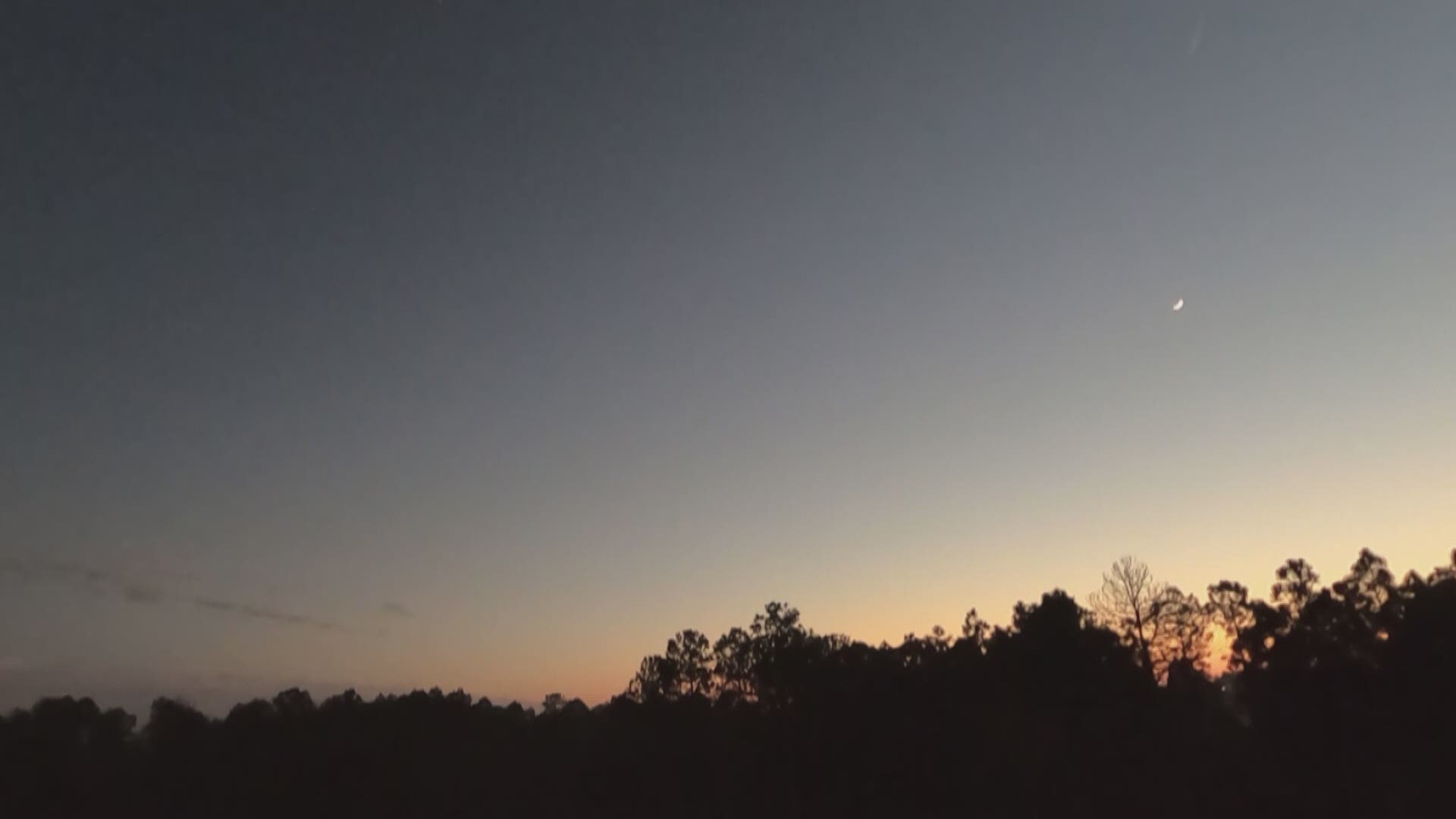COLUMBIA, S.C. — Do you believe a full moon can bring out the worst in people? Well, there are some gardeners that think the moon can affect plants, too.
The idea is called moon phase gardening and the belief is the moon’s gravity can affect the way plants process water and nutrients. A little research and you might find yourself believing the practice is based on some solid science, but it’s not!
Here are a few of the rules behind moon phase gardening and the science that says to avoid taking this gardening trend too seriously.
Myth 1: Plant certain crops during certain moon phases.
The moon is our closest neighbor in the sky and perhaps that’s how the idea behind moon gardening started in the first place. Moon garden folklore goes back as far as the Mayans. There's a belief the moon's position in the sky has an impact on living things.
Moon phases have an affect on some aspects of our world, particularly ocean tides. The highest high tides and lowest high tides happen during the new and full moon phases because the moon and the sun are lined up. During these two moon phases, the moon’s gravity isn’t lowered by the sun’s gravity, in fact, it’s enhanced by it! Oceans make up more than 70% of the Earth’s surface and have a vast surface area so even something so minor like the moon’s gravity can bulge the surface of the ocean upward.
Gardeners using moon phase gardening may explain the moon's gravity can effect the water flow inside plants too. That's why people planting based on moon phases say to plant leafy greens when the moon is waxing (getting closer to full moon), root crops when the moon is waning (leaving the full moon phase), or plant leafy greens during the new moon. This idea is flawed because water doesn't passively ebb and flow in plants like it does in the ocean.
“If that were true, you’d have sap moving up and down twice a day on plants. That would just wreak havoc on their system”, Clemson extension agent Jackie Jordan explains.
Unlike the ocean, plants are constantly defying even the Earth’s strong gravity. Each plant contains hormones that tell seeds to sprout roots down and shoots up using cues from gravitational forces. As plants grow they develop a network of structures called the xylem and the phloem. The Xylem transports water upward, and the phloem transports nutrients from photosynthesis throughout the plant. When theses structures aren’t doing their job effectively (like hot and humid days or after a damaging freeze), plants wilt. There’s no observable change depending on moon phases and the moon’s gravity is so insignificant to a plant that it’s not possible for moon phases to affect plants in this way.
Myth 2: A full moon helps plants grow faster
It’s true that plants get an extra boost when days are longer or brighter. Alaska is known for producing mega sized crops each summer because of the nearly endless sunlight and some plants can live for years off the florescent lights in an office building. The light in both these instances is a lot more significant than even the brightest full moon which, according to Jackie Jordan, is 400-thousand times dimmer than full sunlight. Compared to even a street light, the full moon doesn’t have enough light to affect plants noticeably, but Jordan mentions artificial light does have an affect on plants that require shorter days to begin blooming – like chrysanthemum and poinsettias.
Full moons do historically have an important role in gardens because farmers used to rely on these brighter nights to work in the fields. This is why the last full moon of the summer is called the “Harvest moon” and many other full moon phases have names deriving from farming.


Planting at the right time is important
When it comes to moon phase gardening, experts agree “It might be something fun, but I’d say you’re better off if you pay attention to things that really do matter, temperature, humidity”, Jackie Jordan explains. Moon phase gardening limits gardeners to only a few days each month for planting and harvesting certain crops. This is detrimental for crops that need to be harvested almost daily. Peas need to be harvested constantly, otherwise the pods will become hard and inedible and the plant will stop producing new pods because it’s already finished it’s purpose – reproduction.
Make no mistake, timing is everything, but instead of focusing on moon phases, gardeners should pay close attention to the weather and the climate needs an individual plant requires for success. The Clemson Extension has a great resource on their website for gardeners in South Carolina that need some advice about when to plant certain crops to avoid damaging weather or insects. The weather can change in an instant so when the timing is right, take some time to start planting!

